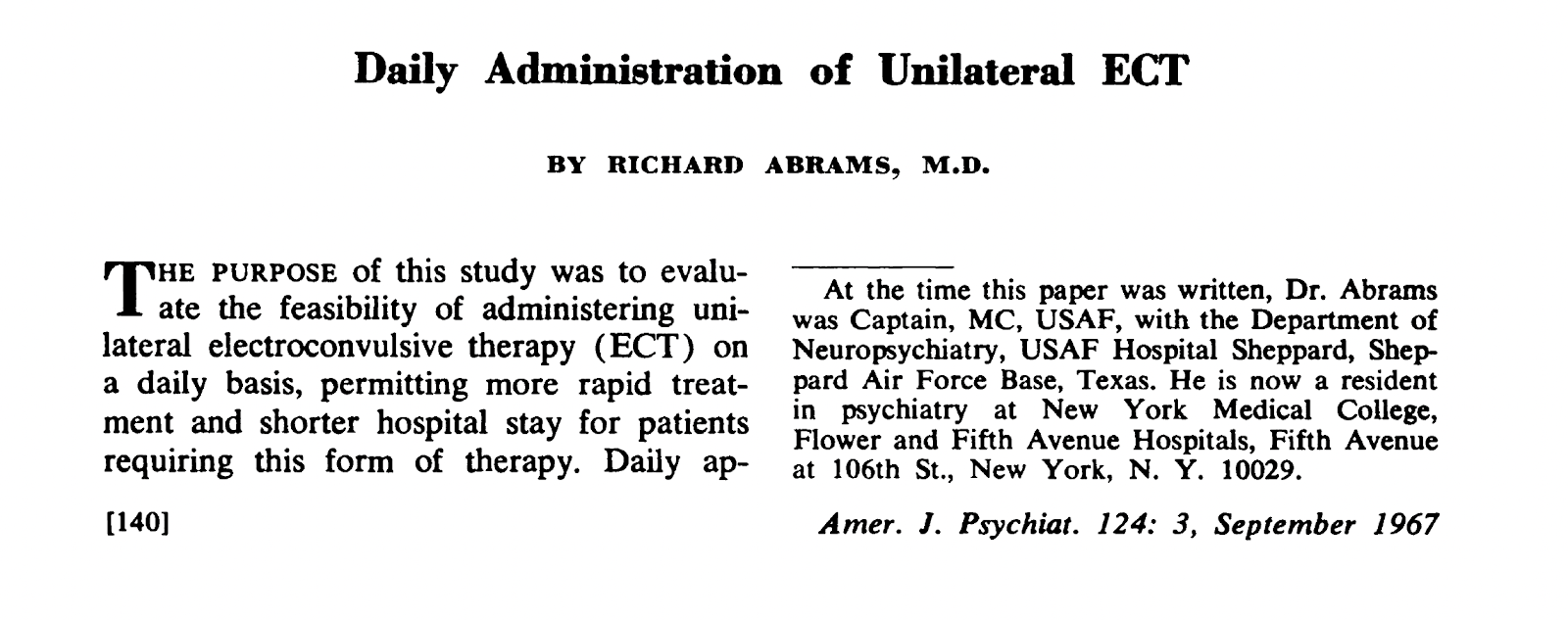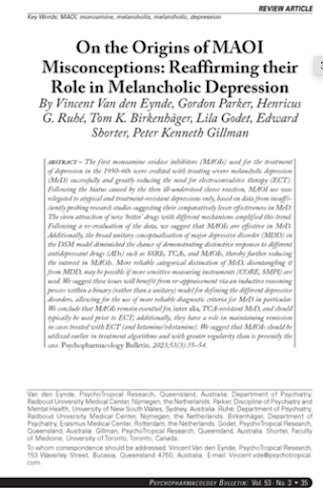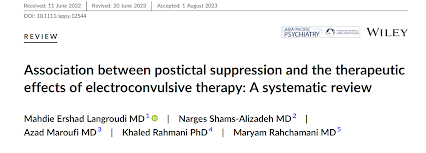Lidocaine and Seizure Length in ECT

Out on PubMed, from authors in Spain, is this study: Does Lidocaine Shorten Seizure Duration in Electroconvulsive Therapy? López-Ilundain J, Prados AB, Enriquez ÁSR, Enguita-Germán M, Rosquil EU, Gil JL, Fábrega AM, Martinez de Zabarte Moraza E, Maughan AR, Yoldi-Murillo J. Pharmacopsychiatry. 2023 Aug 29. doi: 10.1055/a-2114-4327. Online ahead of print. PMID: 37643731 The abstract is copied below: Background: Electroconvulsive therapy (ECT) is an effective short-term treatment for schizophrenia and depression, amongst other disorders. Lidocaine is typically added to reduce pain from intravenous propofol injection. However, depending on the dose used in the ECT setting, it can shorten seizure duration. The aim of this study was to investigate the effect of lidocaine dose on seizure duration. Methods: This retrospective, naturalistic cohort study included 169 patients treated with ECT. We examined 4714 ECT sessions with propofol or propofol plus lidocaine. Ictal quality was manually ra












